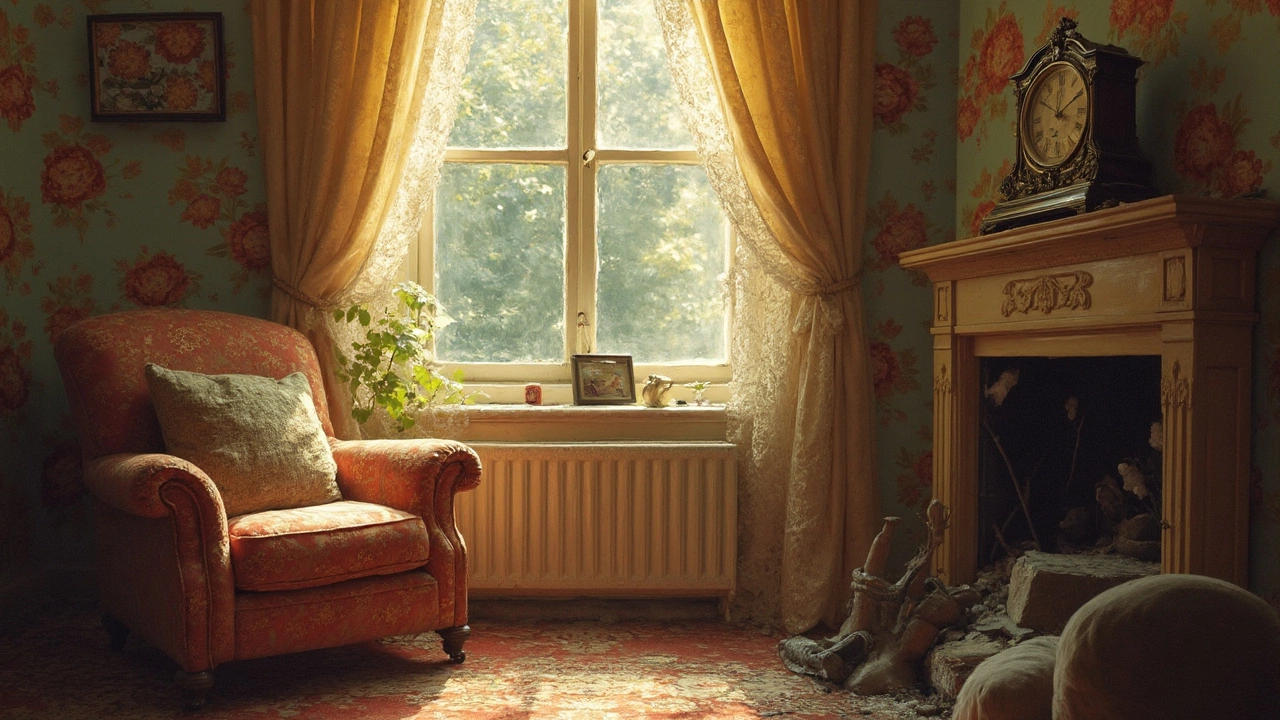Moldy Furniture: Spot It, Stop It, Fix It Fast
Ever walked into a room and smelled that musty, earthy scent? Chances are something in the room is growing mold – and it could be your furniture. Mold loves damp wood, upholstery, and even metal frames that stay wet for too long. If you ignore it, the spores spread, the smell gets worse, and your health can take a hit.
First, learn the tell‑tale signs. Look for black, green or white patches on wood, leather, or fabric. A fuzzy texture, especially in corners or on the undersides of chairs, is a red flag. Even if you don’t see the growth, a persistent musty odor is often a clue that mold is hiding.
How to Stop Mold Before It Grows
Prevention is easier than cleanup. Keep humidity below 60% – a cheap hygrometer will tell you the numbers. Use a dehumidifier in damp rooms like basements or bathrooms. When you bring new furniture home, let it breathe for a day before moving it into a closed space.
Spills are the enemy. Wipe up any liquid on sofas or chairs within minutes. For wooden tables, dry any wet spots right away with a clean towel and a fan if needed. If you store furniture, wrap it in breathable cloth, not plastic, so moisture can escape.
Cleaning Moldy Furniture Safely
When you’ve spotted mold, act quickly. Wear a mask and gloves to avoid breathing spores. For hard surfaces like wooden legs or metal frames, mix one part white vinegar with one part water. Spray the solution, let it sit for ten minutes, then scrub with a soft brush. Rinse with clean water and dry thoroughly.
Upholstered pieces need a gentler approach. Sprinkle baking soda over the affected area, let it sit for an hour to absorb moisture, then vacuum. Follow with a light mist of diluted vinegar (one cup vinegar to two cups water). Blot, don’t rub, and let it air‑dry in a sunny spot.
For leather, wipe with a mixture of equal parts water and rubbing alcohol. Test a hidden spot first to make sure the finish isn’t damaged. After cleaning, apply a leather conditioner to keep the material soft.
If the mold has penetrated deep into the stuffing of a sofa or cushion, it’s often better to replace that part. Continuing to use a heavily contaminated cushion can release spores back into the air.
Once the item is clean, keep it dry. Place a small fan nearby or position the furniture near a window for a few hours each day. Regularly check hidden spots – under couch cushions, behind bookshelves, and in the legs of chairs – especially during rainy seasons.
Finally, consider using natural anti‑mold sprays. Tea tree oil mixed with water (a few drops per cup) works as a preventative spritz for wood and fabric. The scent is pleasant, and the oil helps keep spores at bay.
Dealing with moldy furniture doesn’t have to be a nightmare. Spot the signs, keep humidity low, clean with simple household items, and stay on top of moisture. Your home will stay fresh, and you’ll breathe easier.
Should I Throw Out Moldy Furniture?
Moldy furniture can be a headache for any homeowner. Discover when tossing out affected pieces is necessary and learn tips for effectively dealing with mold. Making informed decisions about your furniture can save money and safeguard your health and home. This article provides practical advice and considerations before you decide whether to discard or clean moldy furniture.
More
